Learning will always be a constant process with endless surprises while fresh creations from our fellow artists pave way for every possibility of reconciling and enriching our own world. Presently Photography is going through an interesting phase, where youngsters and more passionately creative people keep pushing themselves through its wide-open aperture, adding more value to the art of photography as a whole.
Drawing inspirations by adding more design to our visionary and patterns should be a gracious aspect in any kind of art form and photography is no different here.
Cinema will never lose its charm. There is everything one could lose for and to take from this Cinema. Excellent genres and numerous legends who have striven hard in making cinema what it is today. Cinematographers must be the gurus from the other world for our photographers, for the vision, knowledge, and techniques remains the same in both categories. The medium may differ but it may not concern us. As we begin to ponder more on this with a thirst for knowledge, curiosity, and versatility to be acquired from cinema, we struck some 5 fantastic points which should be everything for any photographer.
In this post of ours, I wanted to study a bit about drawing inspiration and developing vision from one of the most accepted visual medium of art – The Cinema.
All photos are linked to IMDB, you can explore much about the film.
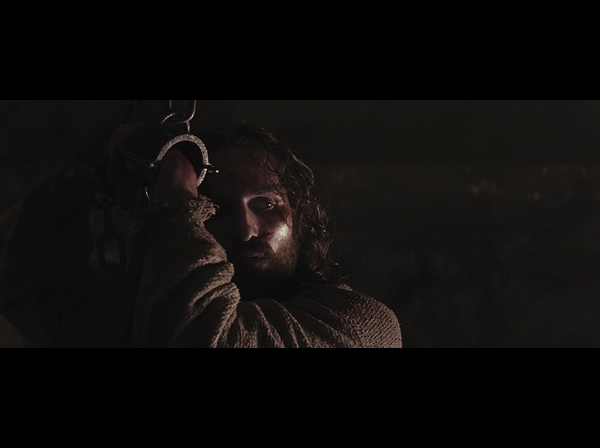
A Scene from The Passion of Christ
#1 Point of View
Reminds me of a recent quote, “A good photograph is all about where you stand”. Interesting and how true is it. Be it a hero’s introduction, a warm romance scene or a gripping climax gunfight. How significant would it be to create a point of view engaging the audience, the layman, and every individual who is bound to feel the scene. For me, this is the foremost & important fact. You see a captivating scene and the next step should be all about positioning yourself at the right angle and an able altitude to create the best out of that scene.
Cinema catechizes better on this, perfection with every frame, no unwanted elements distracting the main story, or the drama within. Juxtaposition between subjects inside the frame, providing an idea about who dominates the scene or who underplays whom. Composition just happens with coincidence, I believe once you fix your feet for the point of view, everything else falls in place.
#2 Make a Speaking Picture
How would you make a picture speak, just like in movies when there is a scene intriguing every emotion from the character. The magic lies in the subject, just like the director of a movie how would a photographer make the portrait feel at ease or to enact its original palpation for a special photograph. This requires lots of patience and a lot more interaction without making them losing the spark of vibe and zeal.
A hearty smile, blissful laughter, tears, trauma and more pain. Many movie scenes still stay close to our hearts because they have been so true, pulling strings of our emotional receptors. Fixing this into photography would be difficult since this is close to reality, we deal with real-life characters not actors. But Cinema will teach you what it takes to create in other words a picture which speaks and the one which cannot be forgotten.
#3 Dominating Through Light
Movies show us how light can induce a certain mood and get an impact on the characters inside a frame. Playing with low light and some interesting suppositions like single light source, window light can create excellent drama for our photographs. Warm light and cold temperatures are found to have their role in determining the mood of people hence the same applies to photography too. Harsh light is often avoided and movies teach us some impeccable steps in attaining perfection when it comes to lighting and some characteristic feature of any light source.
Sunlight cannot be the only source for you to photograph the unseen, cinema has always toyed with studio lights and this is a beautiful improvisation one would love to bring onto photography.
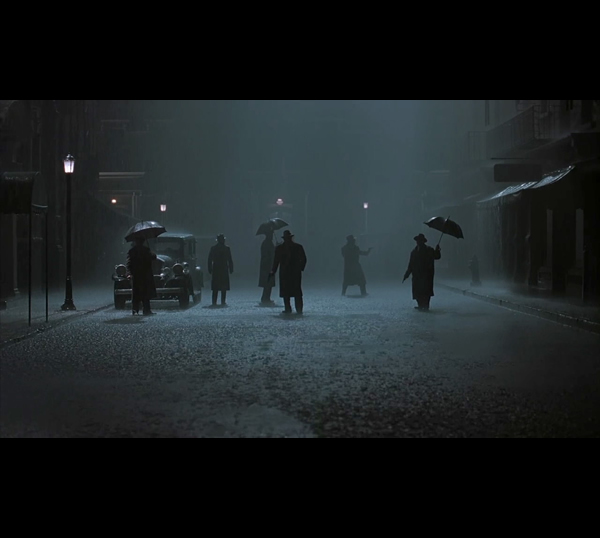
A Scene from Road to Perdition
#4 Drama
The Point of view added with brilliant composition, majestic light spraying across the scene, now to add more elements of interests and moments of drama, we need some actors to enact a sensational scene, very particular and peculiar, something which will not be easily forgotten, eternal, pure and hard to take away from our minds.
Drama should be the word, movies have them in tonnes, without them cinema can’t be what it is today. If not for drama, scenes would then become much more predictable, this drama keeps us on the toes, bite nails and induce curiosity and a long-lived remembrance. Imagine this tremendous factor inside a photograph, making a picture every bit of it more alive and pounding with real energy.
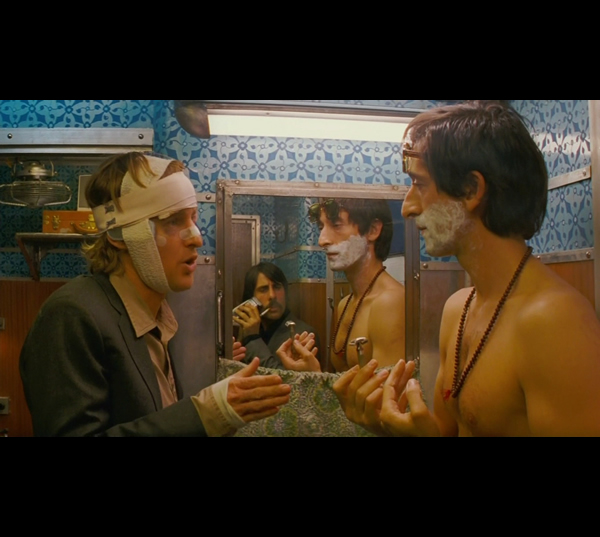
A Scene from Darjeeling Limited
#5 Final Texture
A Movie is never complete without some incredible extra features to fulfill the word and essence for it to be a Movie. Digital Intermediate has found its voice more than ever to manipulate colors and to remove any uncharacteristic photochemical timing process. Fine Tuning the color, adjusting the sharpness sounds familiar isn’t, Yes Post-Processing plays a vital role in giving the final texture to any good photograph. To add more aesthetic appeal, at times we need to visualize beyond the ordinary, just like how movies make use of CGI, creating the surreality and illusion.
Learning this from the movies can make us move one step beyond what we often specialize with. Every movie these days has its color scheme or color cubes. This particular color structure helps them convey the mood and emotions within the storyline in a much better way. This should be more about mimicking your own vision, the colors, contrast, and levels constitutes to much of the texture of an image, learning to tweak and tune them the right way can create endless possibilities and masterpieces.
Don’t miss to check our previous movie-related articles :
- 30 Movies Every Photographer Should See
- 25 Movies Every Photographer / Cinematographer Must Watch – Part 1
- 25 Movies Every Photographer / Cinematographer Must Watch – Part 2
- 25 Movies Every Photographer / Cinematographer Must Watch – Part 3
- 25 Movies Every Photographer / Cinematographer Must Watch – Part 4
- 25 Movies Every Photographer / Cinematographer Must Watch – Part 5


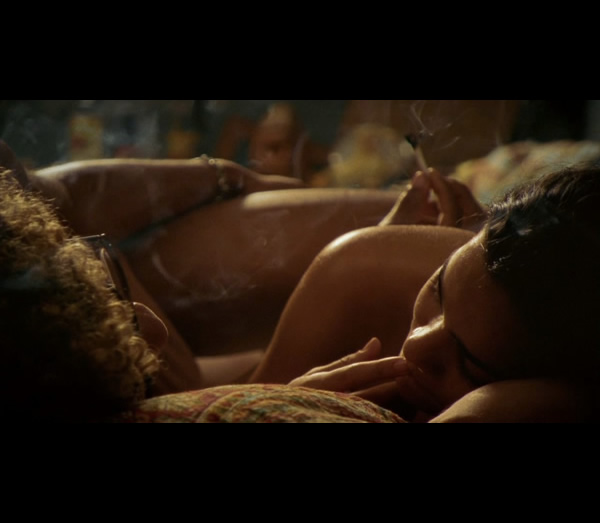
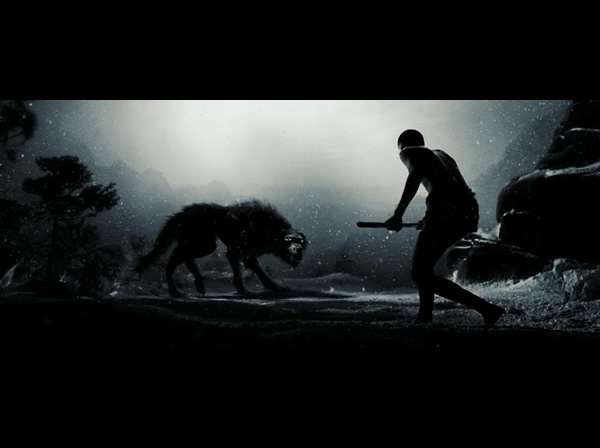
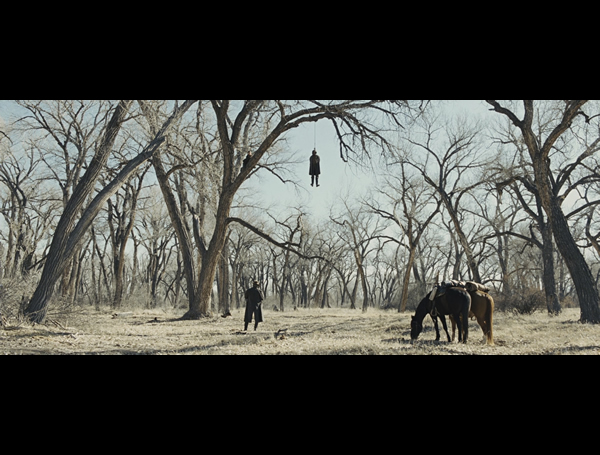
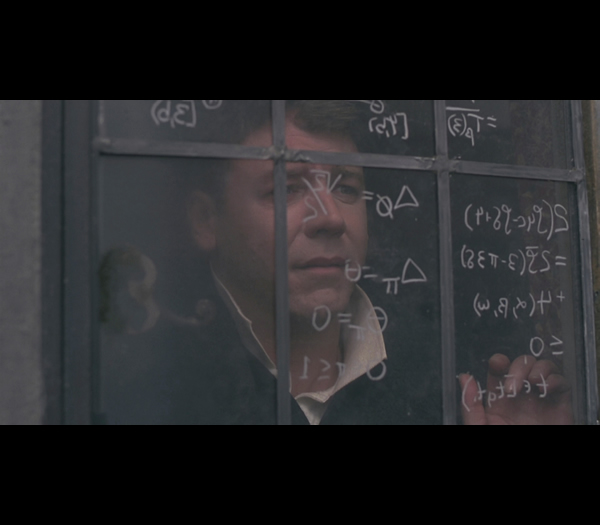
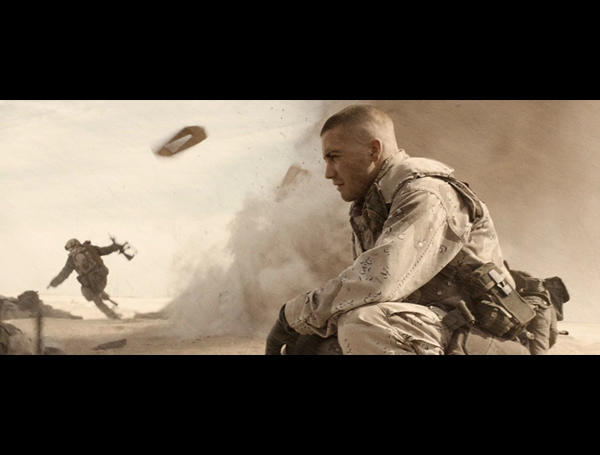
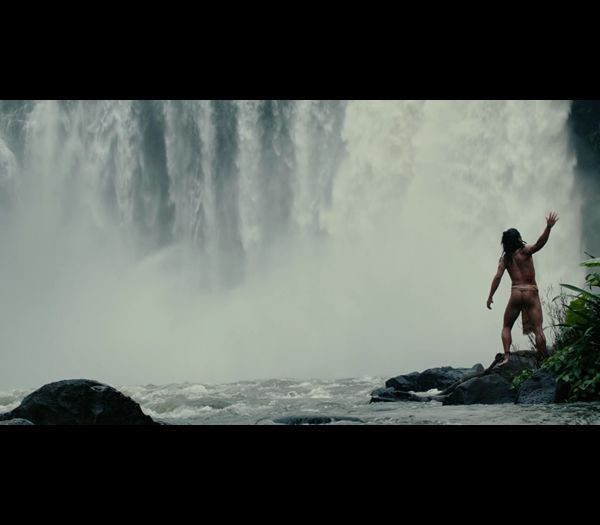
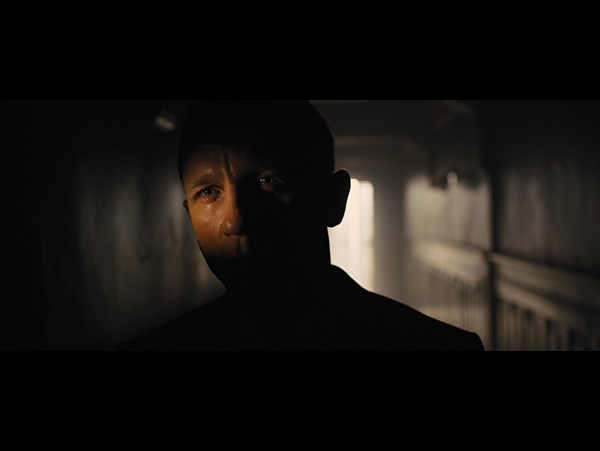
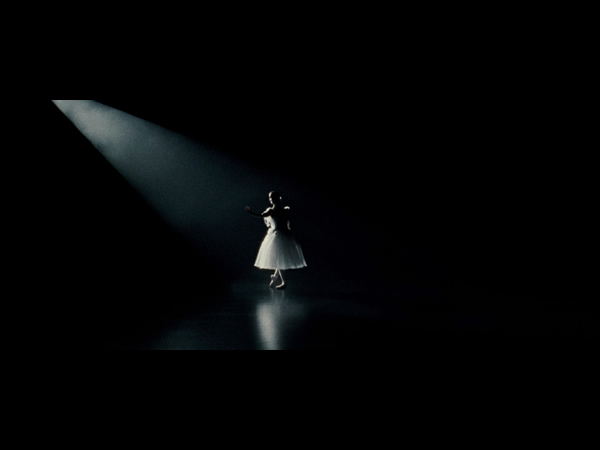
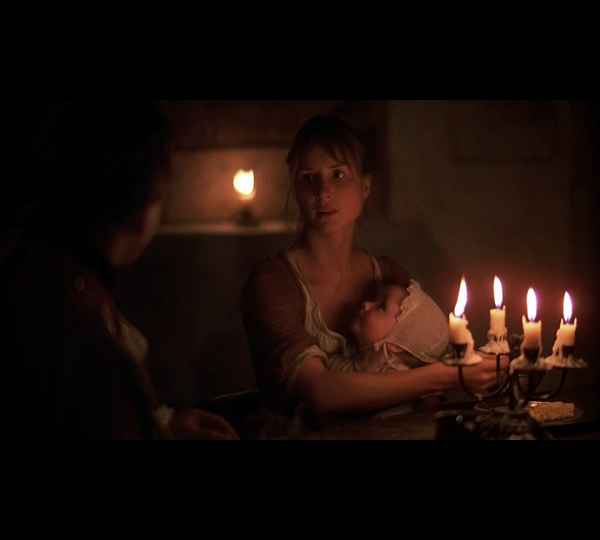
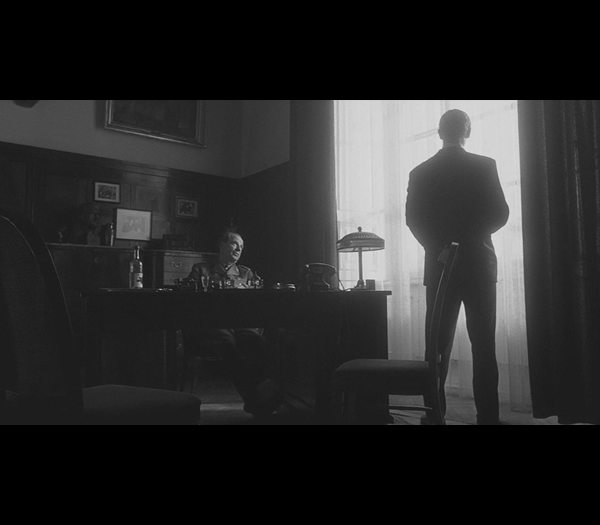
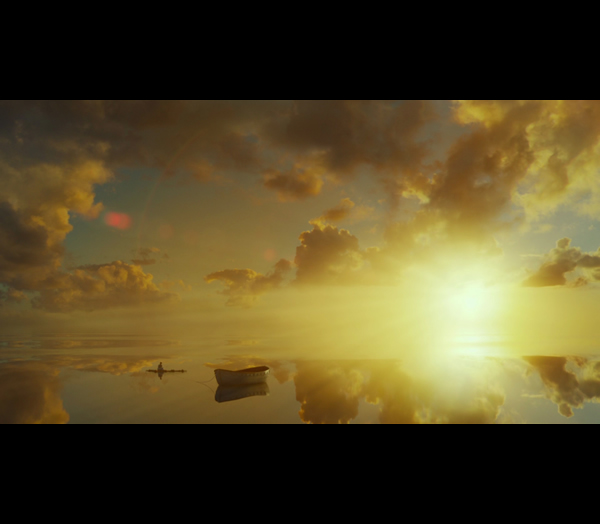
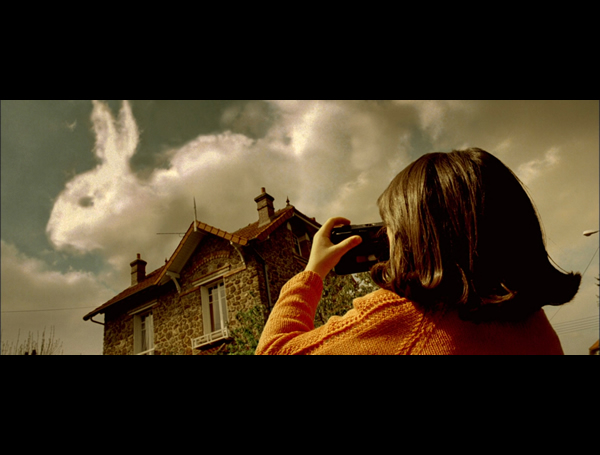
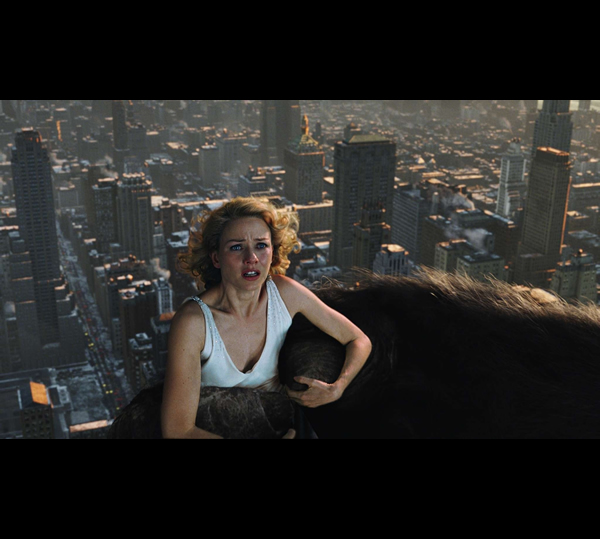



2 comments
I love film photography
a picture I will never forget is the film
The Tree of Life
Cinematic Photography is a Personal Favorite, though only a few people attempt it,
as a lot goes into creating still photographs before creating a huge setup for it.
The shots from the movies look stunning. They says so much more than a mere 1000 words.